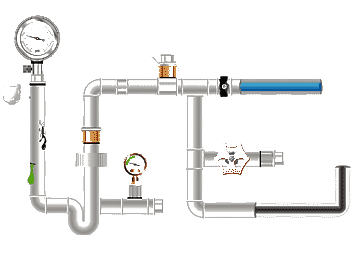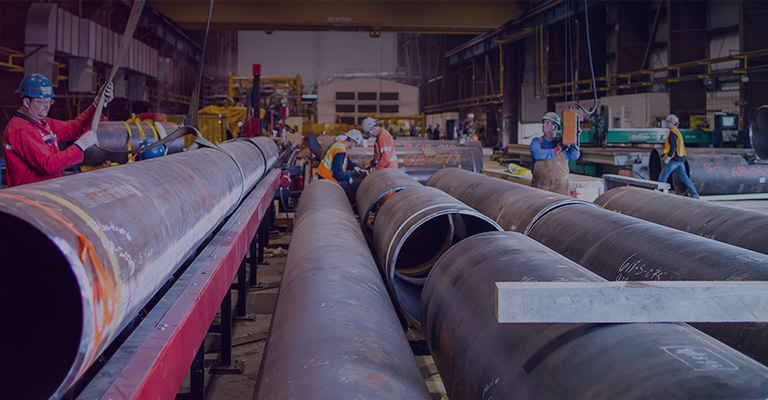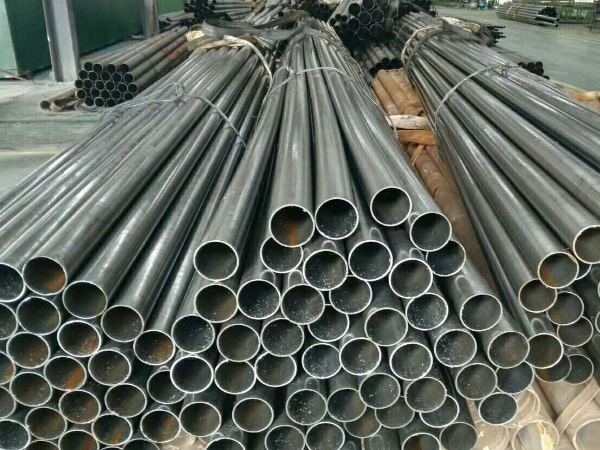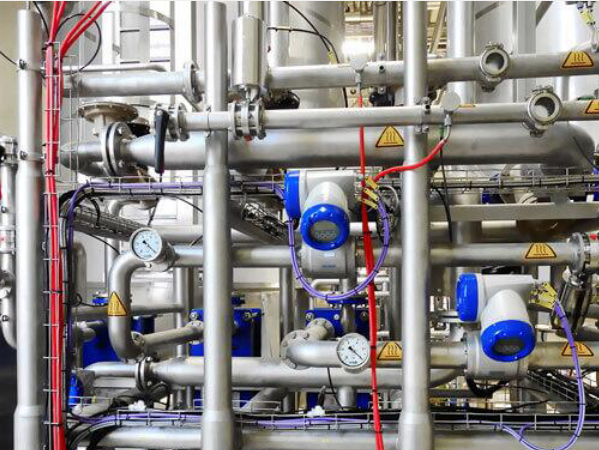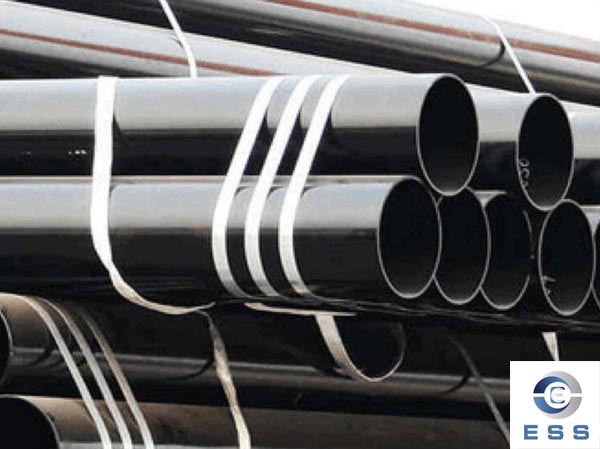The purpose of this process is to heat the
seamless steel pipe to a suitable temperature to make the wear-resistant pipe completely martensitic and have excellent plastic deformation. The mechanical equipment used for heating is a dedicated continuous heat treatment furnace.
After heating above the work hardening temperature, the surface layer is easily oxidized in the air to form scale, which will cause adverse damage to subsequent production and processing. In order to better prevent or reduce the air oxidation of the wear-resistant pipe in the heat treatment furnace, a rare gas protection system is generally installed in the heat treatment furnace, or the surface anti-oxidation treatment of the pipe refers to removing the heated seamless steel pipe from the heat treatment furnace Take it out and place it in a thermoforming mold.
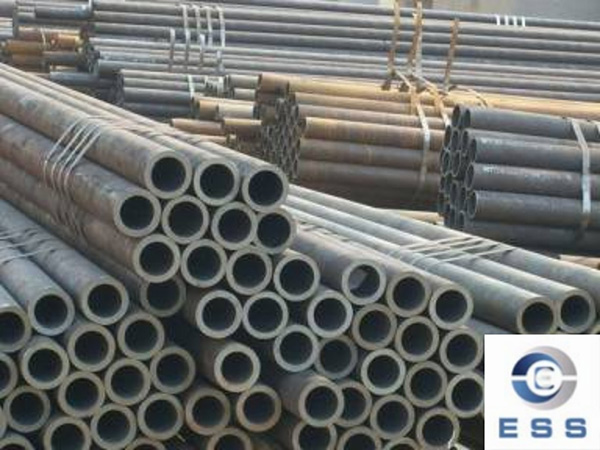
In this process, it is necessary to ensure that the wear-resistant pipe migrates into the mold as soon as possible. On the one hand, it is to better avoid air oxidation of seamless steel pipes at high temperatures, and on the other hand, it is to better ensure wear resistance. The pipe is still at a relatively high temperature during molding and has excellent plastic deformation.
Stamping die and heat treatment: After the wear-resistant pipe is put into the mold, the stamping die should be formed on the seamless steel pipe immediately, so as not to affect the forming characteristics of the wear-resistant pipe due to excessive temperature drop. After molding, the mold shell should be closed and kept under pressure for a period of time. One aspect is to have better control over the appearance of the part. The body of the body produces excellent specification accuracy and physical performance.
Research shows that at this stage, the minimum cooling rate for ordinary hot stamping die stainless steel sheet to complete the transformation from martensite to austenite is 27~30°C/s, so it is necessary to ensure that the cooling rate of the mold from the shell to the pipe exceeds this critical point. Post-processing: forming After the parts are taken out of the mold, some post-processing must be carried out, such as pickling passivation or shot blasting to remove the scale on the surface of the parts, and to repair the parts.
Because the compressive strength of hot metal stamping parts is too high, it cannot be processed by traditional trimming and punching methods, but must be processed by laser equipment.









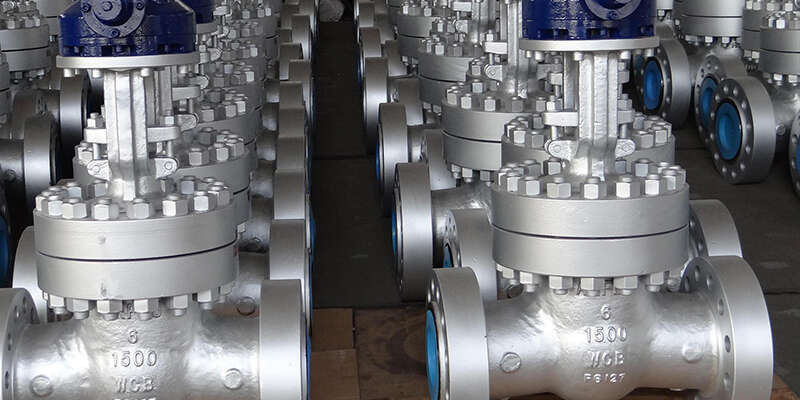
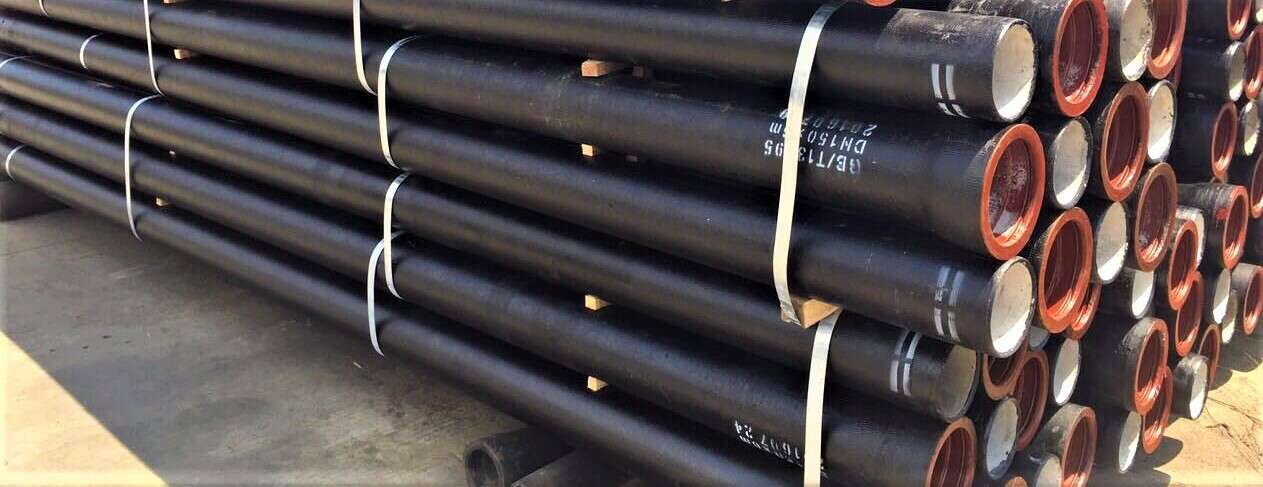


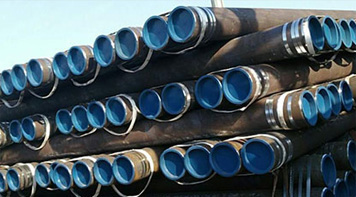 Eastern Steel Manufacturing Co., Ltd no solo mejora la producción de productos y los servicios de venta, sino que también brinda servicios adicionales de valor agregado. Siempre que lo necesite, podemos completar sus necesidades específicas juntos.
Eastern Steel Manufacturing Co., Ltd no solo mejora la producción de productos y los servicios de venta, sino que también brinda servicios adicionales de valor agregado. Siempre que lo necesite, podemos completar sus necesidades específicas juntos.
